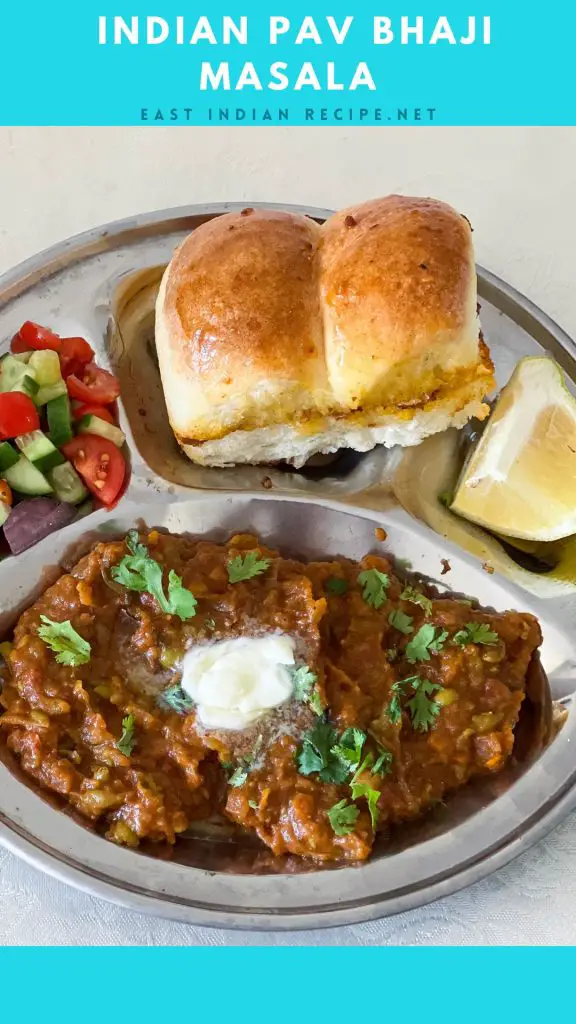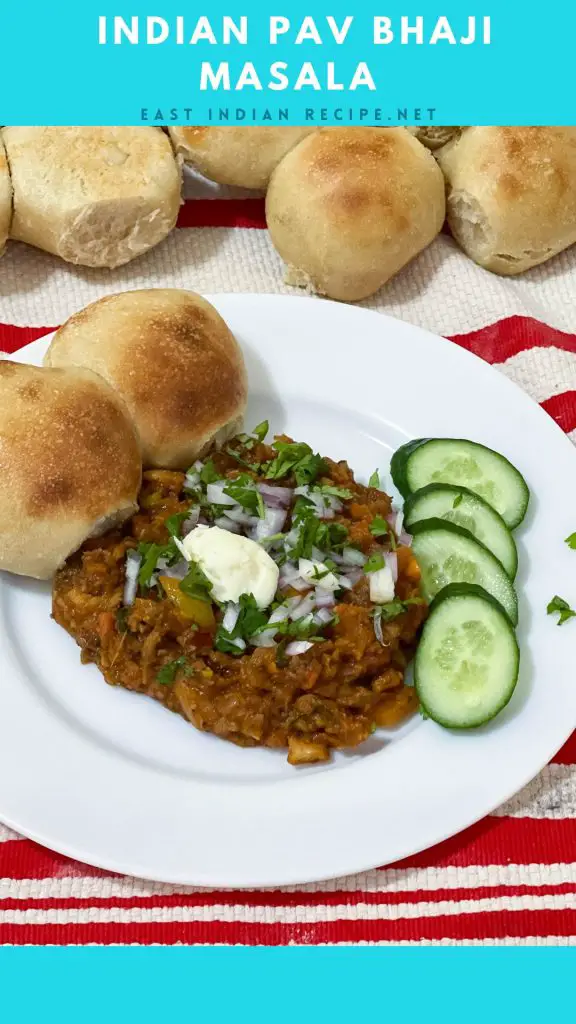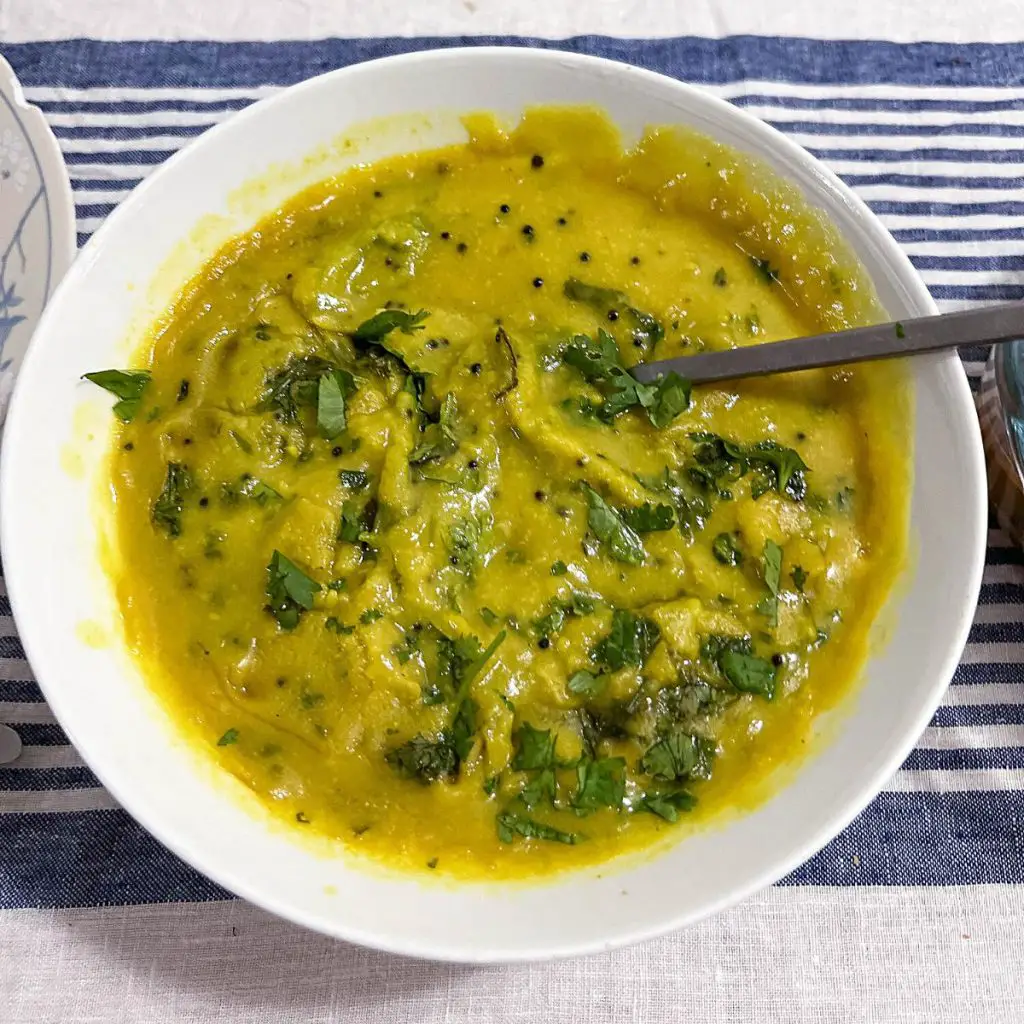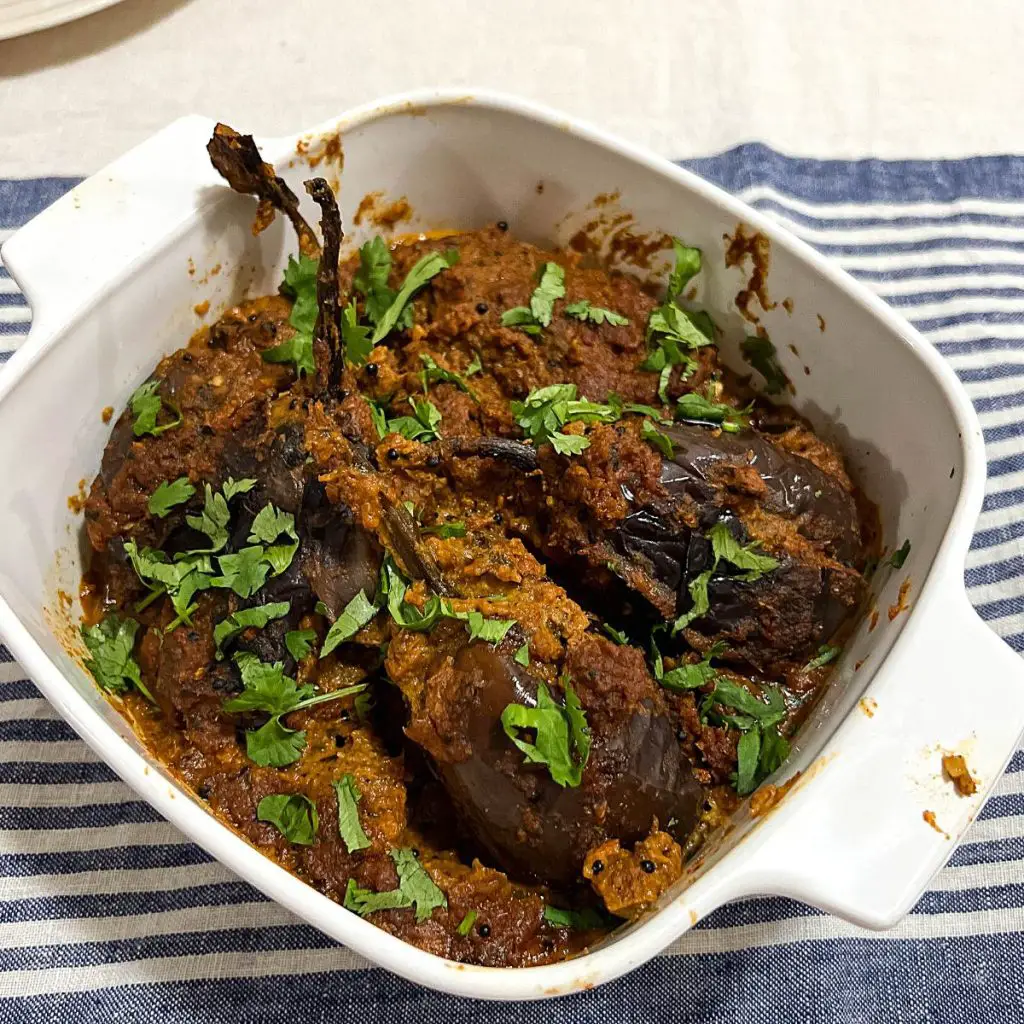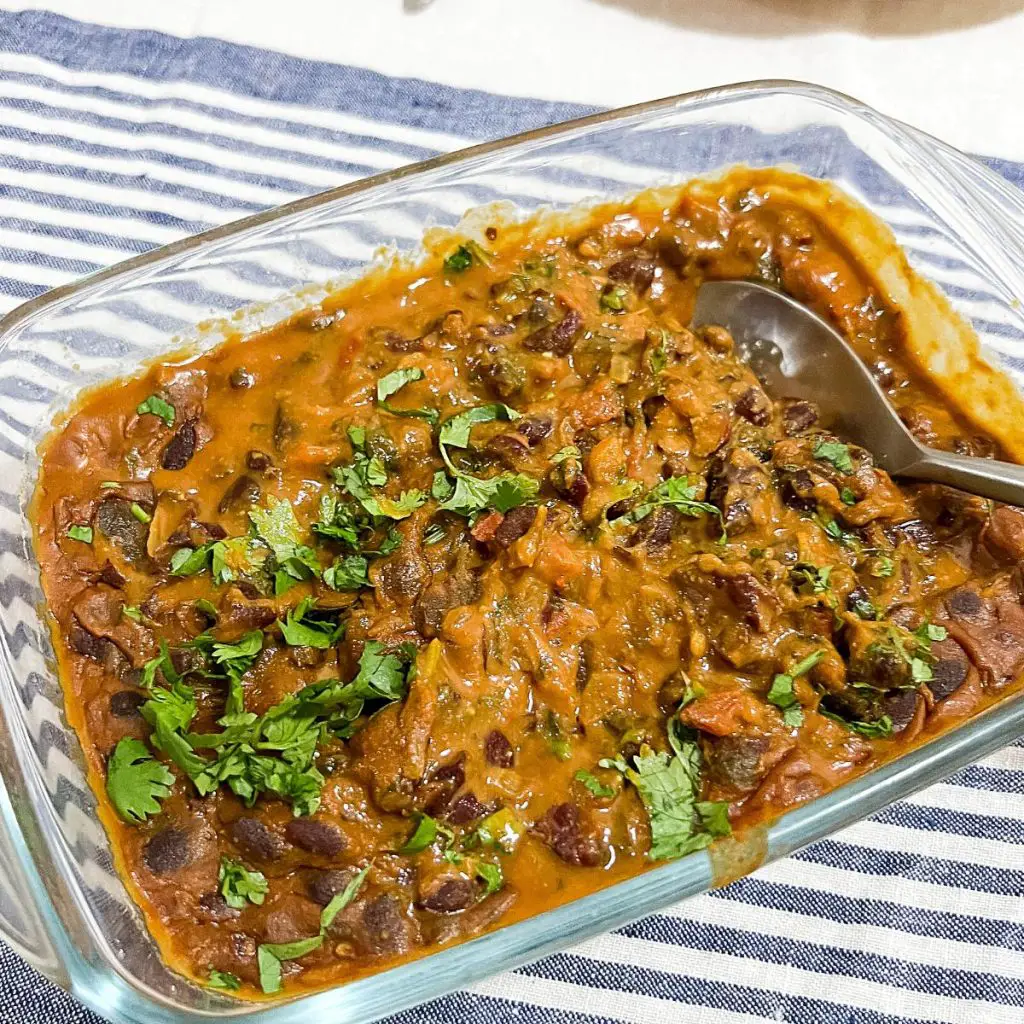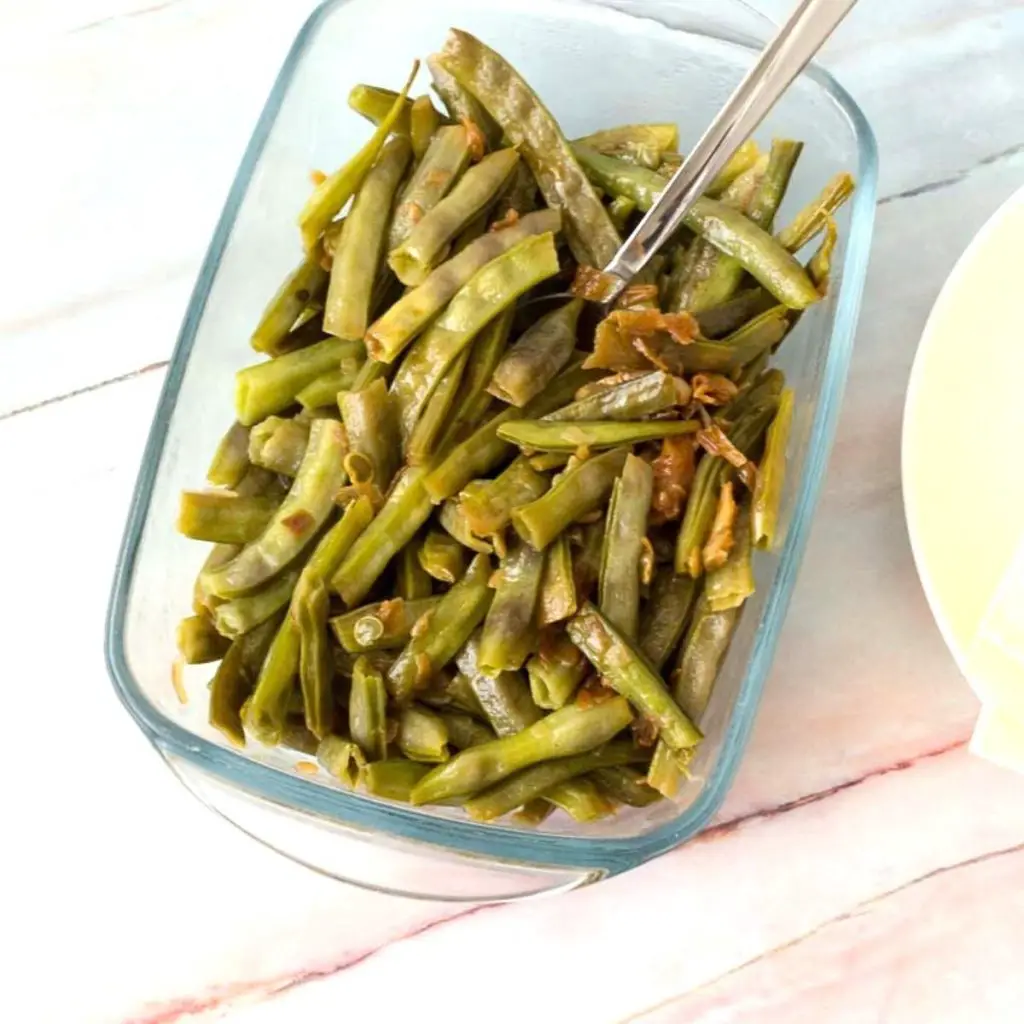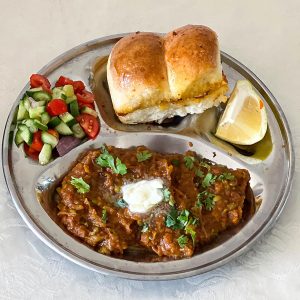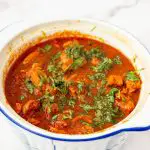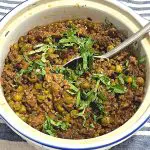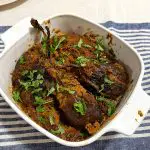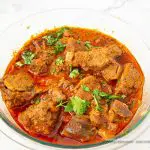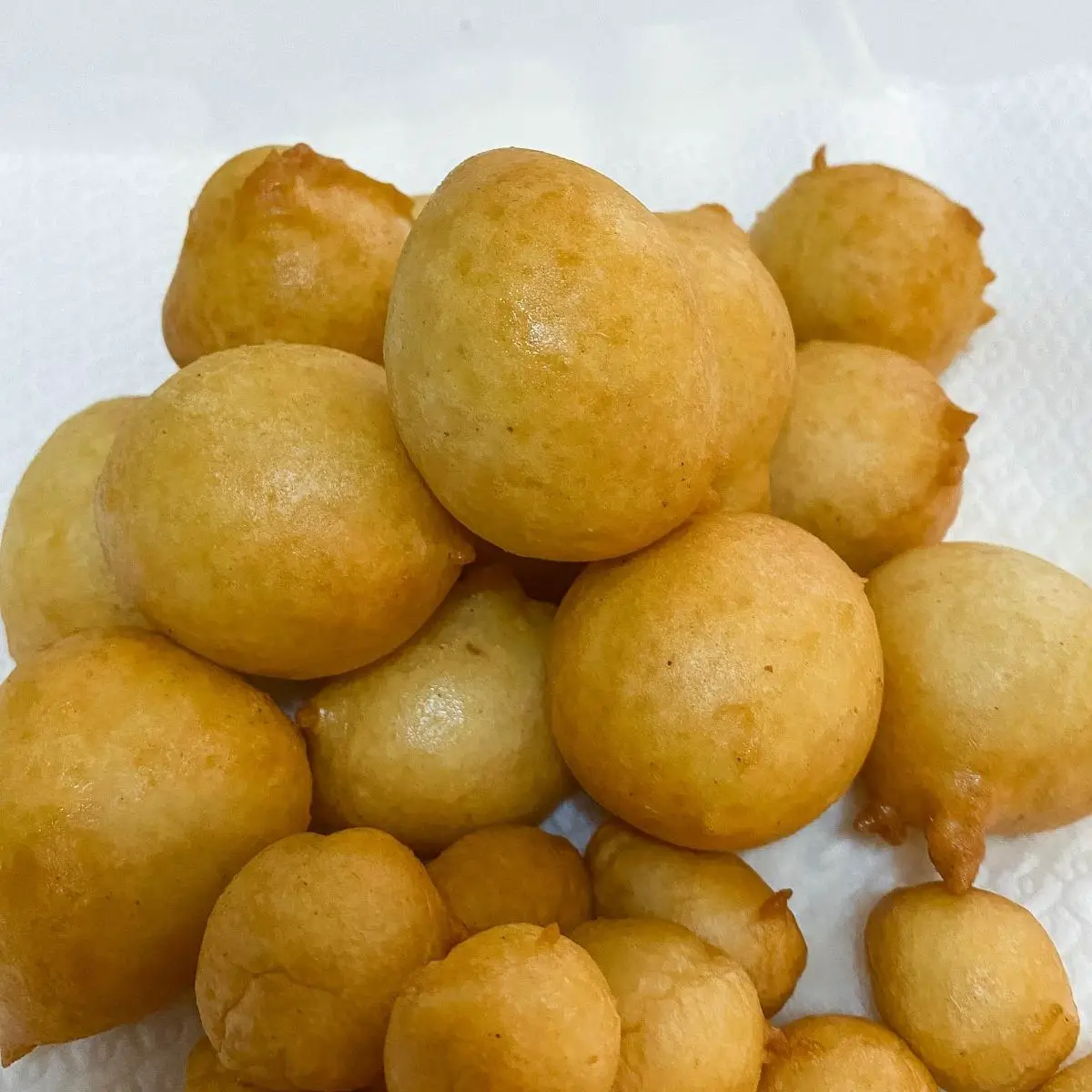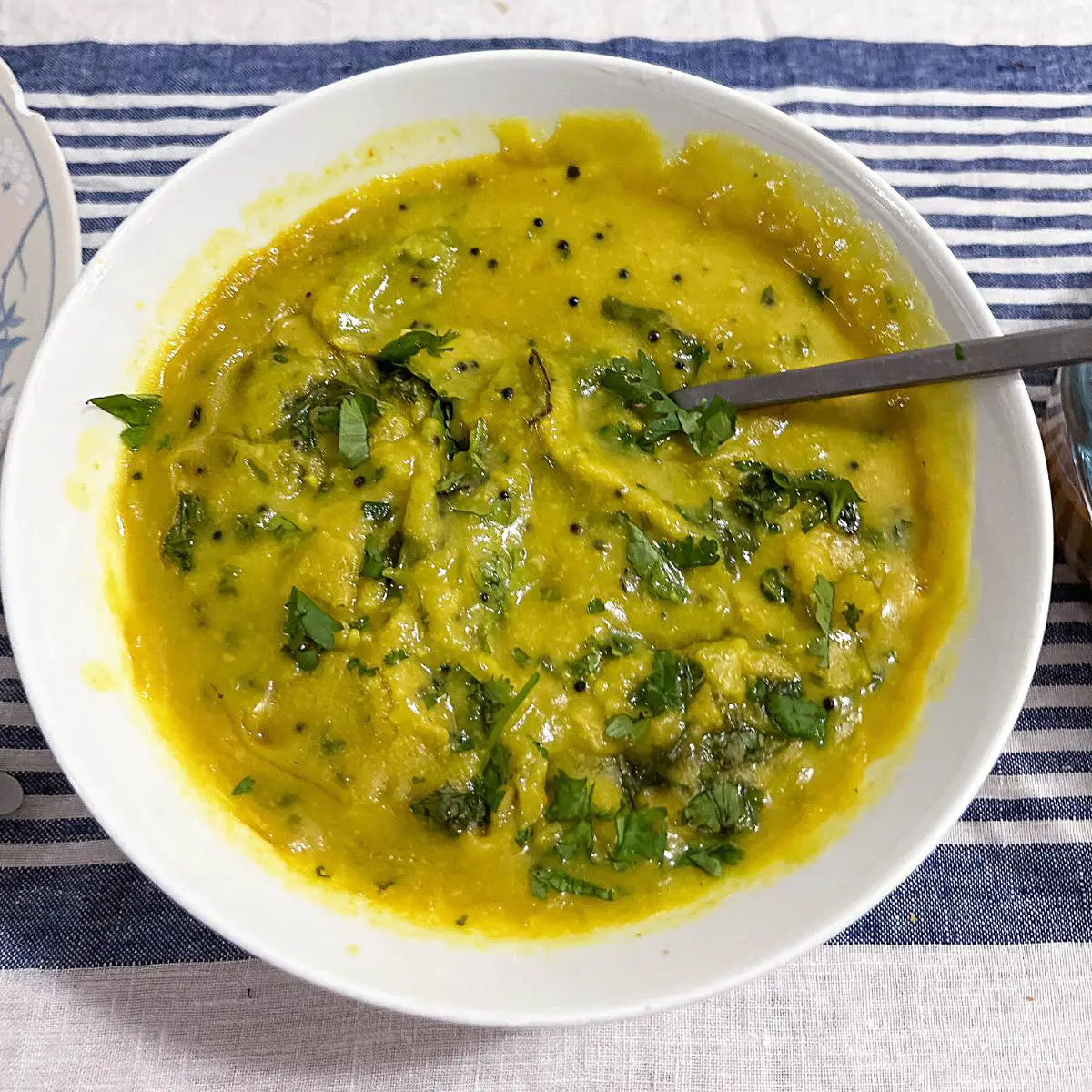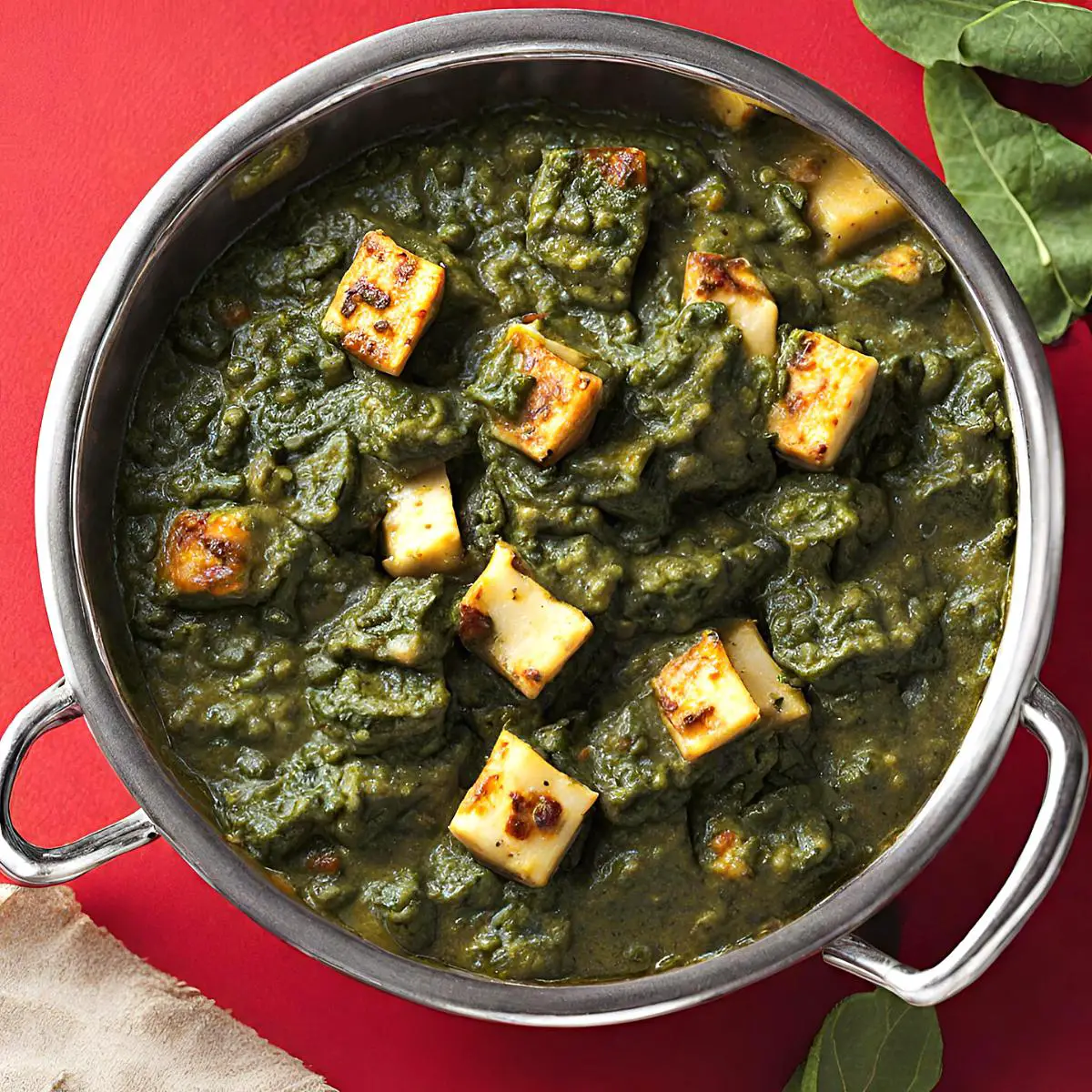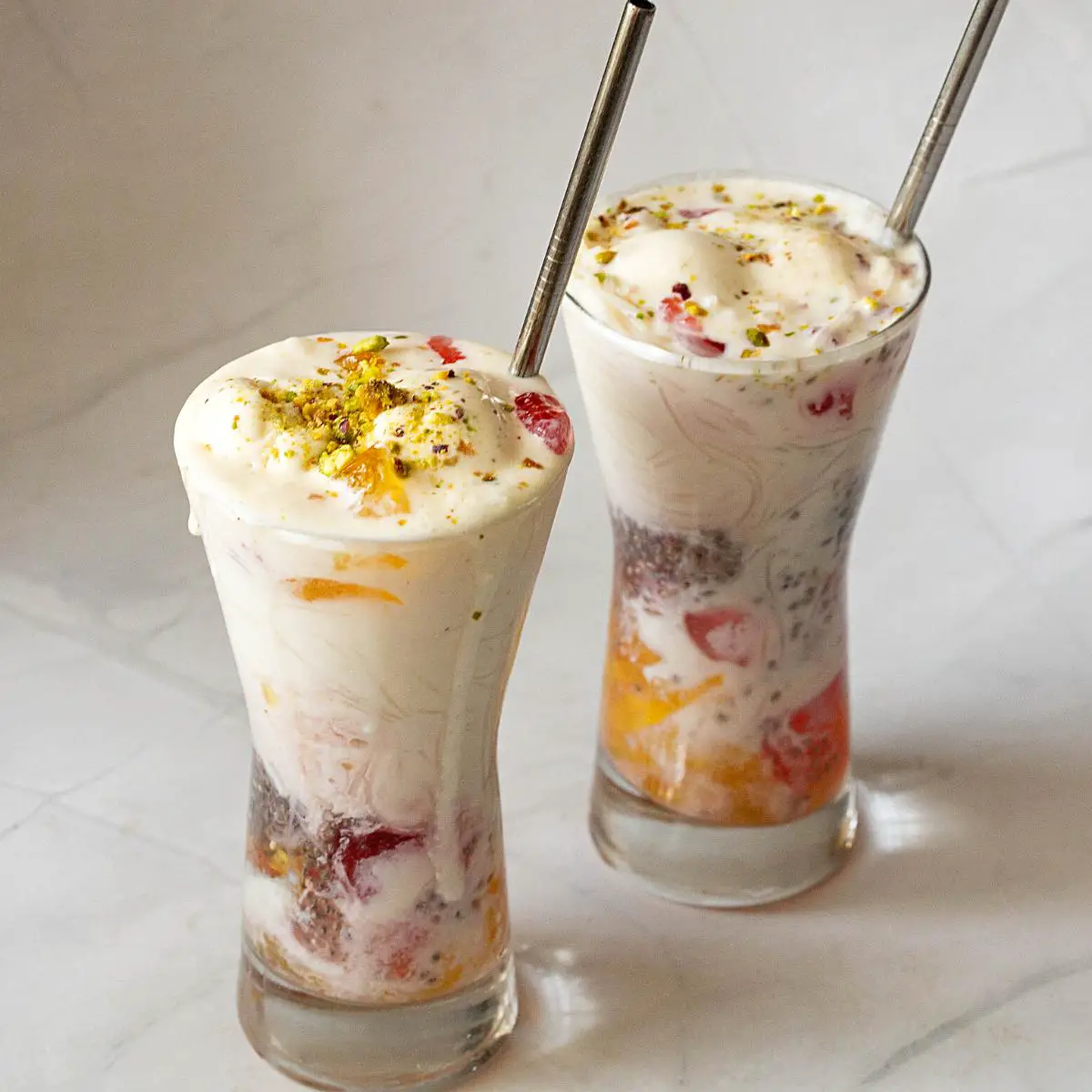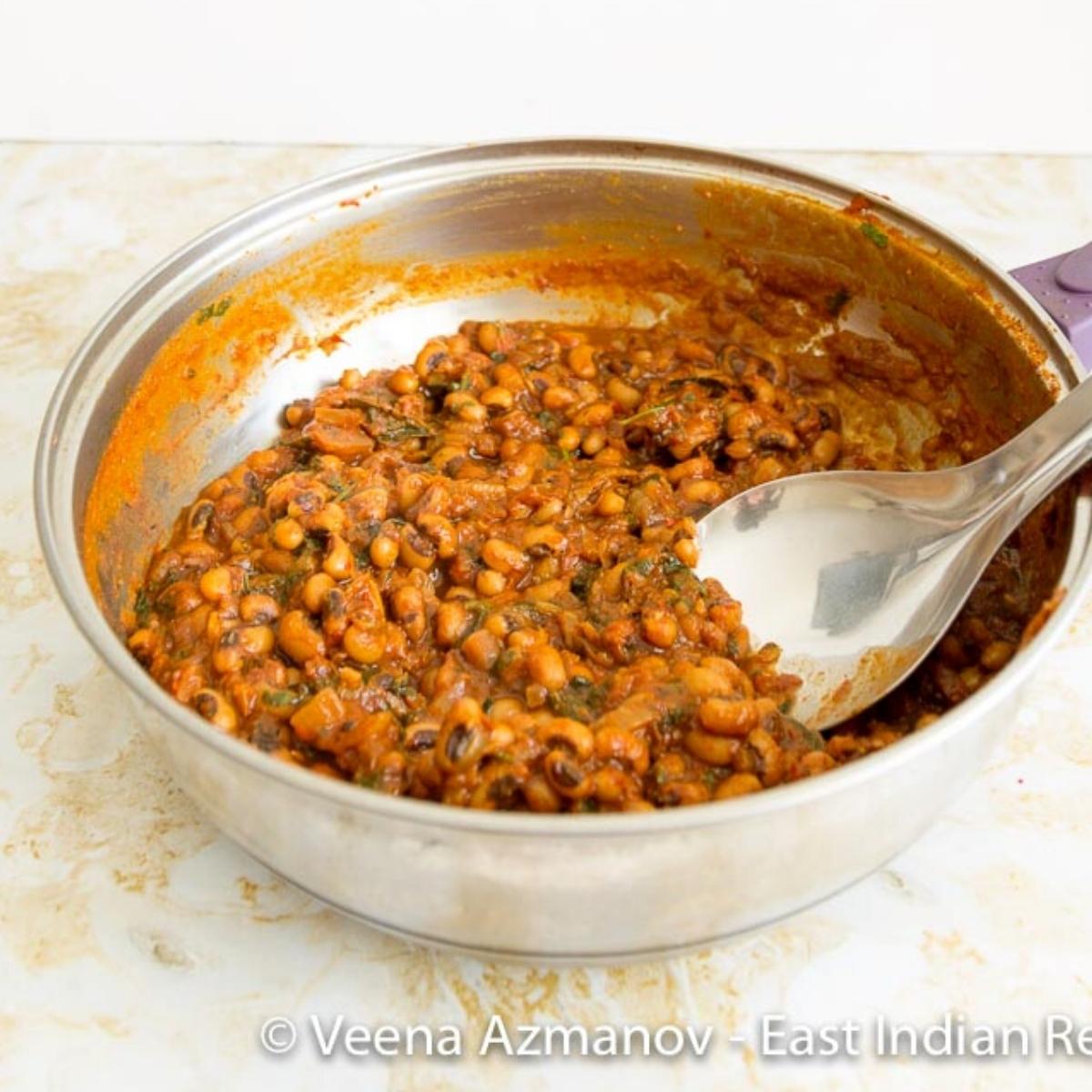Pav Bhaji Recipe
Pav Bhaji is a beloved Indian snack, but it’s not always easy to make it taste as delicious as the street vendors do. If you’re tired of mediocre Pav Bhaji, follow these expert tips to elevate your recipe and create a mouth-watering dish that will have everyone asking for seconds.

Have you ever tasted Pav Bhaji from a street vendor and wondered how they managed to make it taste so good? You’re not alone. This beloved Indian snack can be a challenge to get right, but with these expert tips, you can make the best Pav Bhaji you’ve ever had.
Why make this pav bhaji recipe
To truly understand why you should make this Pav Bhaji recipe, you need to taste it for yourself.
- This dish is more than just a snack or meal, it’s a flavor-packed experience that will transport your taste buds straight to the streets of India.
- By following the tips we’ve provided, you’ll be able to recreate that same authentic taste in the comfort of your own home.
- Plus, making it from scratch means you control the ingredients, making it a healthier and more satisfying meal option.
- Trust me, once you try this recipe, you’ll never settle for store-bought Pav Bhaji again. So, let’s dive into the ingredients and substitutes that will make your dish stand out.,

Ingredients and substitutes
- Butter: This is the base of the dish, so don’t skimp on the amount. You can use ghee or oil as a substitute, but the flavor won’t be the same.
- Vegetables: Traditionally, Pav Bhaji includes potatoes, tomatoes, cauliflower, peas, onions, and peppers. However, you can add or substitute other vegetables to your liking. sweet potato and carrots work well in this dish too.
- Pav Bhaji Masala: This spice blend is the heart of the dish and gives it its distinct flavor. You can find it at Indian grocery stores. Or make your own blend at home with the recipe I have given below in the recipe card notes.
- Pav: This is the bread that’s served with the dish. You can use burger buns or dinner rolls as a substitute, but Pav gives it an authentic touch.
- If you can’t find some of these ingredients, don’t worry. Here are some substitutes you can use:
- Potatoes: Sweet potatoes or yams can be used in place of regular potatoes.
- Peas: Green beans or edamame are good substitutes for peas.
- Pav Bhaji Masala: You can use garam masala or curry powder as a substitute, but the flavor won’t be quite the same.
- Pav: Dinner rolls or hamburger buns can be substituted for Pav, but you can also serve this dish with naan or roti.
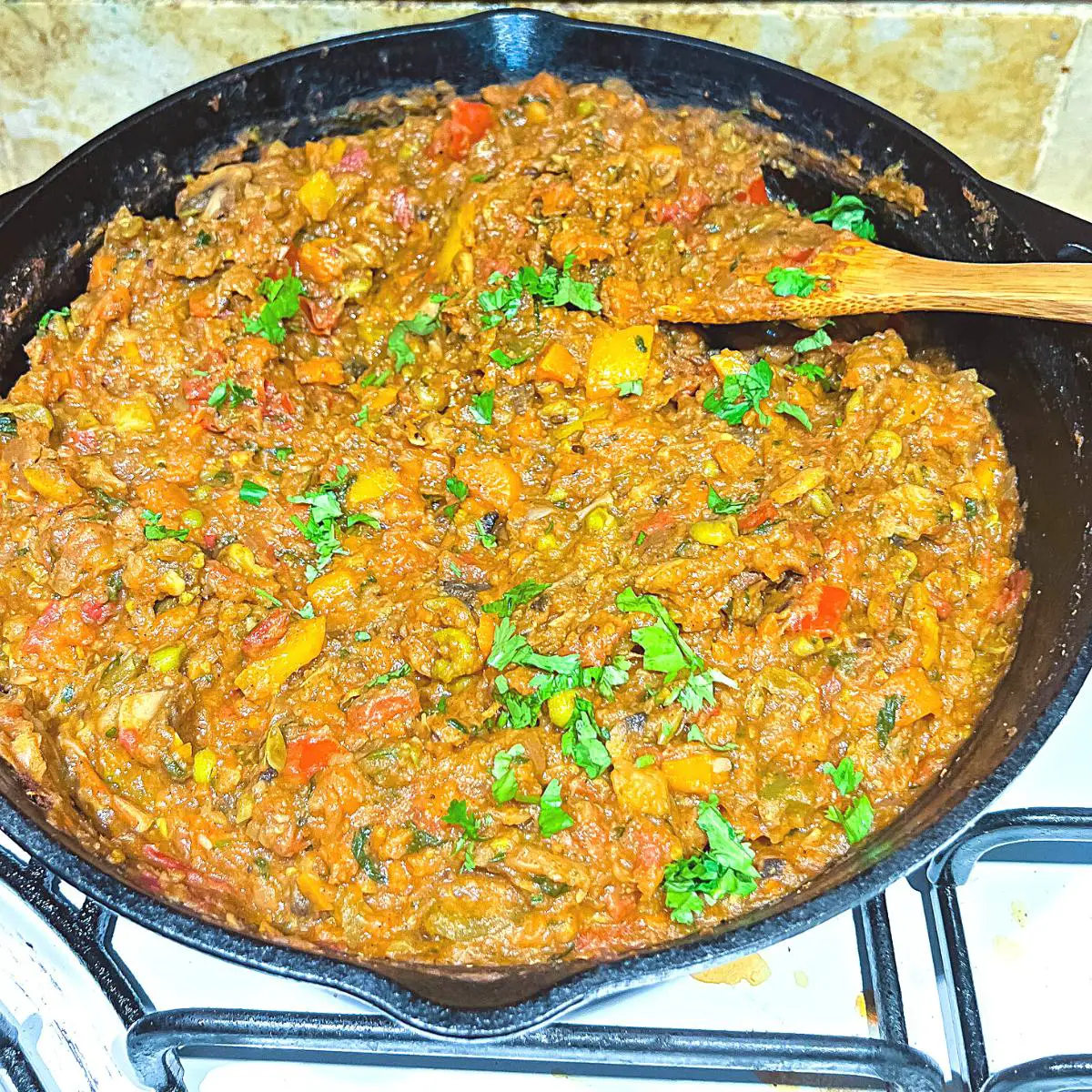
Tips for making the best pav bhaji
- Fresh ingredients: Use fresh vegetables like potatoes, cauliflower, peas, capsicum, and tomatoes. Fresh ingredients contribute to the overall taste and flavor of the dish.
- Spices: The spice mix is crucial in pav bhaji. Use a good quality pav bhaji masala, which is readily available in stores, or make your own by roasting and grinding spices like coriander seeds, cumin seeds, fennel seeds, cinnamon, cloves, and black cardamom. Adjust the spice levels according to your taste.
- Vegetables: The key to a delicious pav bhaji is the right mix of vegetables. Use a variety of vegetables and chop them finely for even cooking. Cook them until they are soft and well mashed.
- Butter: Pav bhaji is known for its rich and buttery taste. Use generous amounts of butter while cooking the bhaji. It adds a creamy texture and enhances the overall flavor.
- Mashing technique: Use a potato masher or a ladle to mash the cooked vegetables. This helps in achieving a smooth and creamy consistency. Ensure that there are no large chunks of vegetables left.
- Toppings: Garnish the bhaji with a squeeze of lemon juice, finely chopped onions, and fresh coriander leaves. These toppings add freshness and balance the flavors.
- Pav (bread rolls): Choose soft and fluffy pav or dinner rolls. Slice them in half and toast them on a griddle with butter until they turn golden brown. This gives them a delicious buttery flavor and a slight crunch.
- Serving: Serve pav bhaji hot with a dollop of butter on top, along with the toasted pav, lemon wedges, and chopped onions. It is traditionally enjoyed with a side of pickles or chutney.
- Accompaniments: Serve pav bhaji with some sliced onions, lemon wedges, and green chutney or tamarind chutney on the side. These condiments complement the flavors of the dish.
- Experiment: While the traditional pav bhaji recipe is loved by many, don’t be afraid to experiment and add your own twist to the dish. You can try adding ingredients like paneer, mushrooms, or boiled beetroot to give it a unique touch.
Remember, making the best pav bhaji is all about the right combination of spices, fresh ingredients, and a balance of flavors.
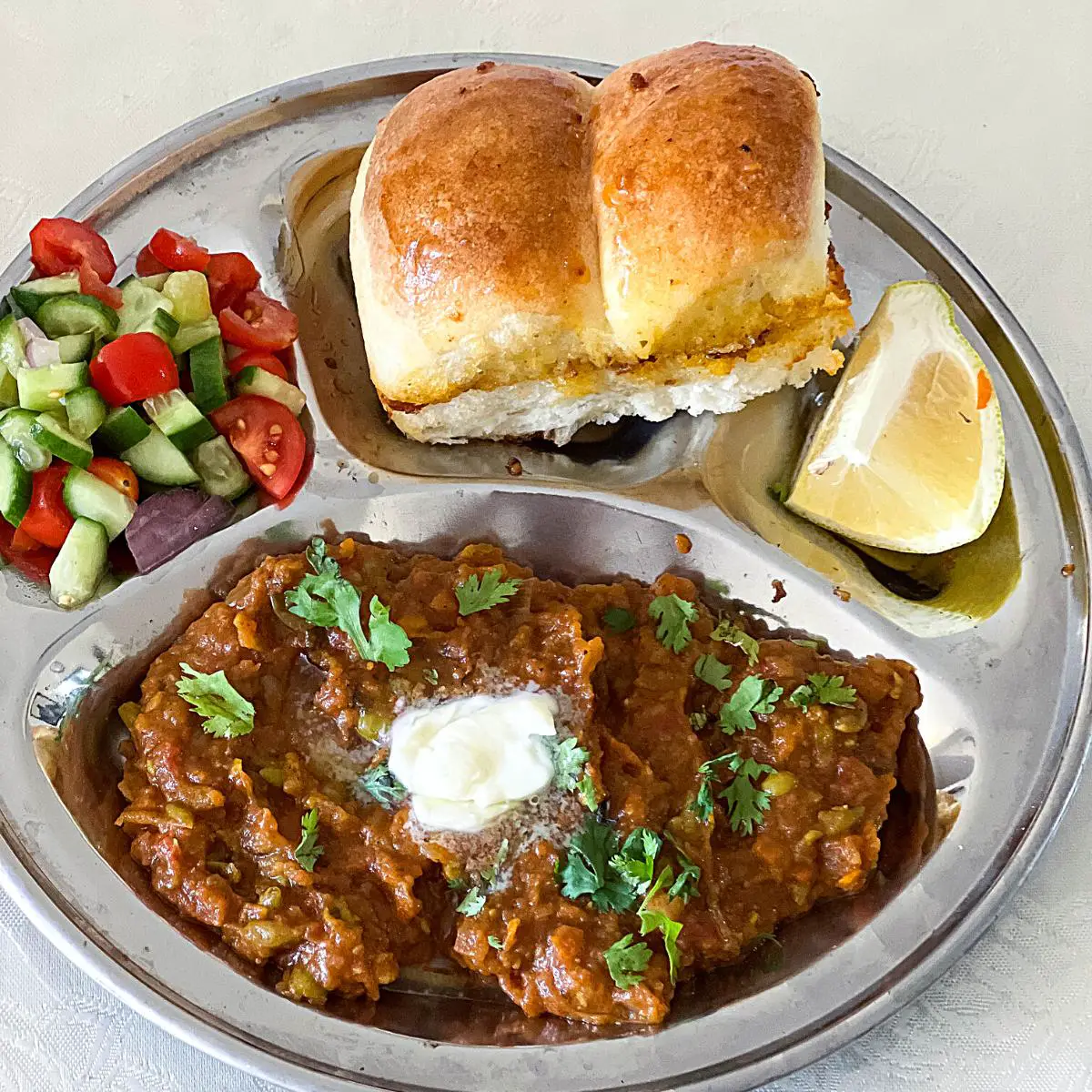
Creative ways to serve pav bhaji
Of course, you can just serve pav bhaji the traditional way as I did today with buttered sliders and a dollop of butter. But, If you want to serve pav bhaji in creative ways, here are a few ideas:
- Pav Bhaji Sliders: Instead of serving the bhaji with regular-sized pav, make mini sliders using small burger buns. Fill each bun with a generous amount of bhaji and garnish with cheese, sliced onions, and coriander leaves. Serve these bite-sized sliders as appetizers or party snacks.
- Pav Bhaji Pizza: Use the pav bhaji as a topping for homemade pizza. Spread a layer of pav bhaji on a pizza crust or naan bread, sprinkle grated cheese on top, and bake until the cheese is melted and bubbly. Garnish with chopped onions and coriander leaves before serving.
- Pav Bhaji Tacos: Give pav bhaji a Mexican twist by serving it in taco shells. Fill each taco shell with bhaji and top it with shredded lettuce, diced tomatoes, grated cheese, and a dollop of sour cream. Serve these flavorful pav bhaji tacos as a fusion appetizer or main course.
- Pav Bhaji Bruschetta: Transform pav bhaji into a delectable bruschetta topping. Toast slices of baguette or crusty bread, and spread a layer of pav bhaji on each slice. Garnish with chopped onions, tomatoes, and a drizzle of tangy tamarind chutney. These pav bhaji bruschettas make great party finger food.
- Pav Bhaji Stuffed Paratha: Make a unique stuffed paratha by filling it with pav bhaji. Roll out a paratha dough, place a portion of bhaji in the center, and fold the dough to enclose the filling. Cook the paratha on a griddle with ghee or oil until it turns golden brown. Serve these flavorful parathas with yogurt or pickle.
- Pav Bhaji Casserole: Create a pav bhaji casserole by layering cooked rice, pav bhaji, and grated cheese in a baking dish. Bake it in the oven until the cheese is melted and golden. Cut into squares and serve this comforting pav bhaji casserole as a main course.
- Pav Bhaji Samosa: Give the popular samosa a pav bhaji twist. Fill samosa dough with the pav bhaji mixture and deep-fry until crispy and golden. Serve these delicious pav bhaji samosas with mint chutney or ketchup as a unique snack.
These creative serving ideas will add a fun and interesting twist to the traditional pav bhaji recipe, making it a memorable and enjoyable experience for your guests.
Pin this and other East-Indian Recipes on Pinterest here. Don’t forget to like and Follow for more recipes.
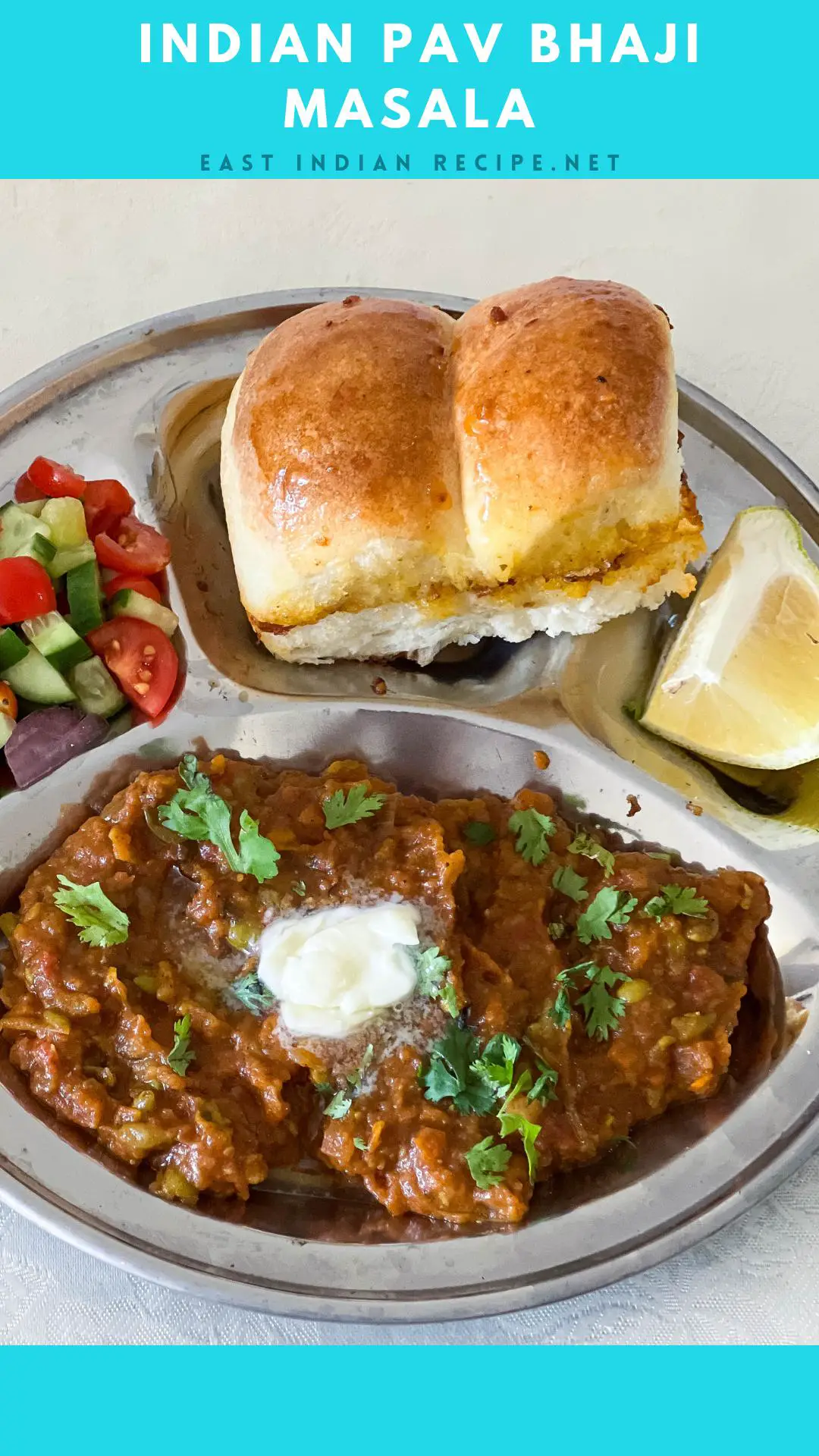
Ingredients
- ½ cup Butter
- 2 tbsp Cooking oil
- 1 large Onion finely chopped
- 2 med Tomatoes finely chopped
- 4 large Garlic cloves minced
- 1 inch Fresh ginger grated
- 1 small Capsicum Bell Peppers – finely chopped
- 1 cup Cauliflower florets finely chopped
- ½ cup Green peas
- 2 tbsp Pav bhaji masala
- ½ tsp Turmeric powder
- ½ tsp Red chili powder adjust to taste
- 4 med Potatoes boiled and mashed
- 1 tbsp Lemon juice
- ½ tsp Salt to taste
- ½ cup Cilantro leaves finely chopped
- 8 – 10 Pav dinner rolls for serving
Instructions
- Sauté – Heat a large pan or kadhai over medium heat. Add the oil and 2 tablespoons of butter. Saute the garlic and ginger for 30 seconds, then add the chopped onions and sauté until translucent. Next, add the chopped tomatoes and cook until soft and mushy. Pro tip – do not make haste; give the veggies time to sweat and become aromatic.
- Veggies – Add the chopped capsicum, cauliflower, and green peas to the pan. Mix well and cook for a couple of minutes. Pro tip – we add the veggies that take longer to cook first.
- Spiced – Add the pav bhaji masala, turmeric powder, red chili powder, and salt to the pan. Mix all the spices well with the vegetables.
- Potato – Add the mashed potatoes to the pan and mix everything. Mash the vegetables with the back of a wooden spoon or a potato masher to achieve a smooth consistency.Pro tip – You can adjust the spice levels according to your preference by increasing or reducing the amount of red chili powder or pav bhaji masala.
- Simmer – Add some water to adjust the consistency of the bhaji. Mix well and let it simmer for 10-15 minutes, stirring occasionally.
- Season – Add lemon juice and half the chopped cilantro. Taste and adjust the salt or spices as needed.
- Garnish – Add another 2 tbsp of butter and combine well. Sprinkle the bhaji with chopped coriander leaves.
- Toast – In a separate pan, heat some butter and toast the pav (dinner rolls) on both sides until they turn golden brown.
- Serve the pav bhaji hot with a dollop of butter on top and the toasted pav, chopped onions, and lemon wedges on the side.
Recipe Notes
- Fresh ingredients: Use fresh vegetables like potatoes, cauliflower, peas, capsicum, and tomatoes. Fresh ingredients contribute to the overall taste and flavor of the dish.
- Spices: The spice mix is crucial in pav bhaji. Use a good quality pav bhaji masala, which is readily available in stores, or make your own by roasting and grinding spices like coriander seeds, cumin seeds, fennel seeds, cinnamon, cloves, and black cardamom. Adjust the spice levels according to your taste.
- Vegetables: The key to a delicious pav bhaji is the right mix of vegetables. Use a variety of vegetables and chop them finely for even cooking. Cook them until they are soft and well mashed.
- Butter: Pav bhaji is known for its rich and buttery taste. Use generous amounts of butter while cooking the bhaji. It adds a creamy texture and enhances the overall flavor.
- Mashing technique: Use a potato masher or a ladle to mash the cooked vegetables. This helps in achieving a smooth and creamy consistency. Ensure that there are no large chunks of vegetables left.
- Toppings: Garnish the bhaji with a squeeze of lemon juice, finely chopped onions, and fresh coriander leaves. These toppings add freshness and balance the flavors.
- Pav (bread rolls): Choose soft and fluffy pav or dinner rolls. Slice them in half and toast them on a griddle with butter until they turn golden brown. This gives them a delicious buttery flavor and a slight crunch.
- Serving: Serve pav bhaji hot with a dollop of butter on top, along with the toasted pav, lemon wedges, and chopped onions. It is traditionally enjoyed with a side of pickles or chutney.
- Accompaniments: Serve pav bhaji with some sliced onions, lemon wedges, and green chutney or tamarind chutney on the side. These condiments complement the flavors of the dish.
- Experiment: While the traditional pav bhaji recipe is loved by many, don’t be afraid to experiment and add your own twist to the dish. You can try adding ingredients like paneer, mushrooms, or boiled beetroot to give it a unique touch.
Homemade Pav Bhaji Masala
Pav bhaji masala is a blend of spices used to enhance the flavor of pav bhaji. It adds a unique and aromatic taste to the dish. While you can find ready-made pav bhaji masala in stores, you can also make your own at home. Here’s a recipe for homemade pav bhaji masala: Ingredients:- 4 tbsp coriander seeds
- 2 tbsp cumin seeds
- 1 tbsp fennel seeds
- 1 tbsp black peppercorns
- 1 tbsp dried mango powder (amchur)
- 1 tbsp dried pomegranate seeds (anardana)
- 1 tbsp red chili powder
- 1 tbsp turmeric powder
- 1 tbsp dried fenugreek leaves (kasuri methi)
- 4-5 dried red chilies
- 2-3 black cardamom pods
- 4-5 cloves
- 2-inch cinnamon stick
- 1 tsp black salt
- 1 tsp dry ginger powder
- 1 tsp asafoetida (hing)
- Heat a dry skillet or pan over medium heat.
- Add coriander seeds, cumin seeds, fennel seeds, black peppercorns, dried red chilies, black cardamom pods, cloves, and cinnamon stick to the pan.
- Roast the spices for a few minutes until they become aromatic and lightly browned. Stir continuously to avoid burning.
- Remove the spices from the heat and let them cool completely.
- Once cooled, transfer the roasted spices to a grinder or spice grinder.
- Add dried mango powder, dried pomegranate seeds, red chili powder, turmeric powder, dried fenugreek leaves, black salt, dry ginger powder, and asafoetida to the grinder.
- Grind all the spices together until you get a fine powder.
- Strain the powder through a fine mesh sieve to remove any coarse particles.
- Store the homemade pav bhaji masala in an airtight container in a cool, dry place.
About Videos – most recipes has two videos – a quick version in the post & longer detailed version on this recipe card. Please do subscribe to my channel if you like my videos
Nutrition Information
The nutrition information and metric conversion are calculated automatically. I cannot guarantee its accuracy. If this data is important to you please verify with your trusted nutrition calculator. Thank you
